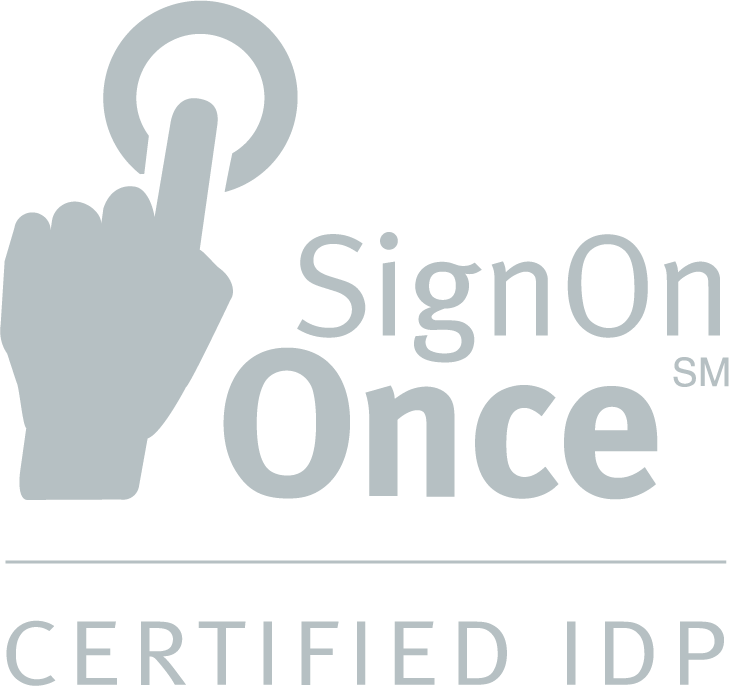In 1982 Veterinary Pet Insurance (VPI) issued the first commercial pet insurance policy—for dog celebrity Lassie.
Today, 4.41 North American dogs and cats are covered by pet insurance, and that number is projected to increase by 16.7% until 2030. This number may sound incredible, but with 90 million dogs and 94 million cats in the U.S., a vast majority of our furry family members are not yet protected by pet insurance.
Anyone who owns a cat or dog knows that veterinary costs have increased dramatically over the last 20 years. In 2021, Americans spent $34.3 billion on pet medical care, and costs are expected to increase. Veterinary treatments that were unfathomable 30 years ago are now standard, but this advanced care comes at a steep price.
The market is primed for growth
Even though the first commercial pet policy was written in 1982, US pet owners have been slow to adopt coverage. According to a 2020 National Library of Medicine report, this historic low adoption rate is due to a lack of awareness and understanding of how pet insurance works. Yet, the report concludes, as people become more aware of the benefits, pet insurance adoption will continue to grow.
The pandemic accelerated the pet insurance market when people adopted more pets and purchased more policies. According to Heidi Sirota, Chief Pet Officer of Nationwide Insurance, “The onset of the COVID-19 pandemic and subsequent lockdown resulted in a pet adoption boom. This increase in pet ownership led to an increase in the number of pet insurance policies sold in the U.S.” This double-digit growth, combined with the sheer number of pet households, provides an optimistic forecast for carriers and agencies still waiting to enter the pet insurance marketplace.
Independent agencies and pet insurance
Anyone who owns a pet understands how costly it is to keep healthy. To understand the price of owning a pet, Lending Tree survey asked owners about the financial hardships they had suffered as a result of owning a dog or cat. The results are sobering.
- 47% had pet-related debt.
- 30% had avoided veterinary care for their pets because the costs were too high.
- 40% surrendered an animal to a shelter because of a lack of affordable veterinary care.
- 45% spent more on their pets’ healthcare than on their own.
- 10% missed a payment on another bill to pay for care.
For independent insurance agencies, these statistics highlight an opportunity to match clients with affordable and readily available pet insurance products. In a market projected to grow in the double digits for the next eight years, and with so many uninsured pets waiting for coverage, there is ample room to sell policies to pet-loving clients. And, as the cost of veterinary care continues to skyrocket, the protections a policy can provide becomes more important.
Employers can support pet parents
As employers find new and better ways to attract and retain talent, offering pet insurance as a voluntary benefit makes sense. Today, only 15% of employers offer a pet insurance benefit, but this number is increasing rapidly. Statistically, most employees are likely pet owners, so protecting their pets makes logical and economic sense. And, because pet insurance is generally inexpensive, companies do not have to spend a fortune to offer this critical coverage.
MetLife’s 2021 Pet Insurance Survey revealed that many pet parent employees would be willing to change jobs in pursuit of better pet benefits. At the time of the survey, 67% were either beginning to search or actively searching for employment that offered pet benefits. Additionally, 51% of the survey respondents ranked pet insurance as the top benefit that would impact their decision to take a new job.
In 1982, Lassie flew first class, had her own staff, and enjoyed insurance protection designed to protect her health. Today, our beloved pets might not sit in their own seats on the plane, but ample opportunity exists to protect their health and tap into the high potential of commercially available pet insurance products.


